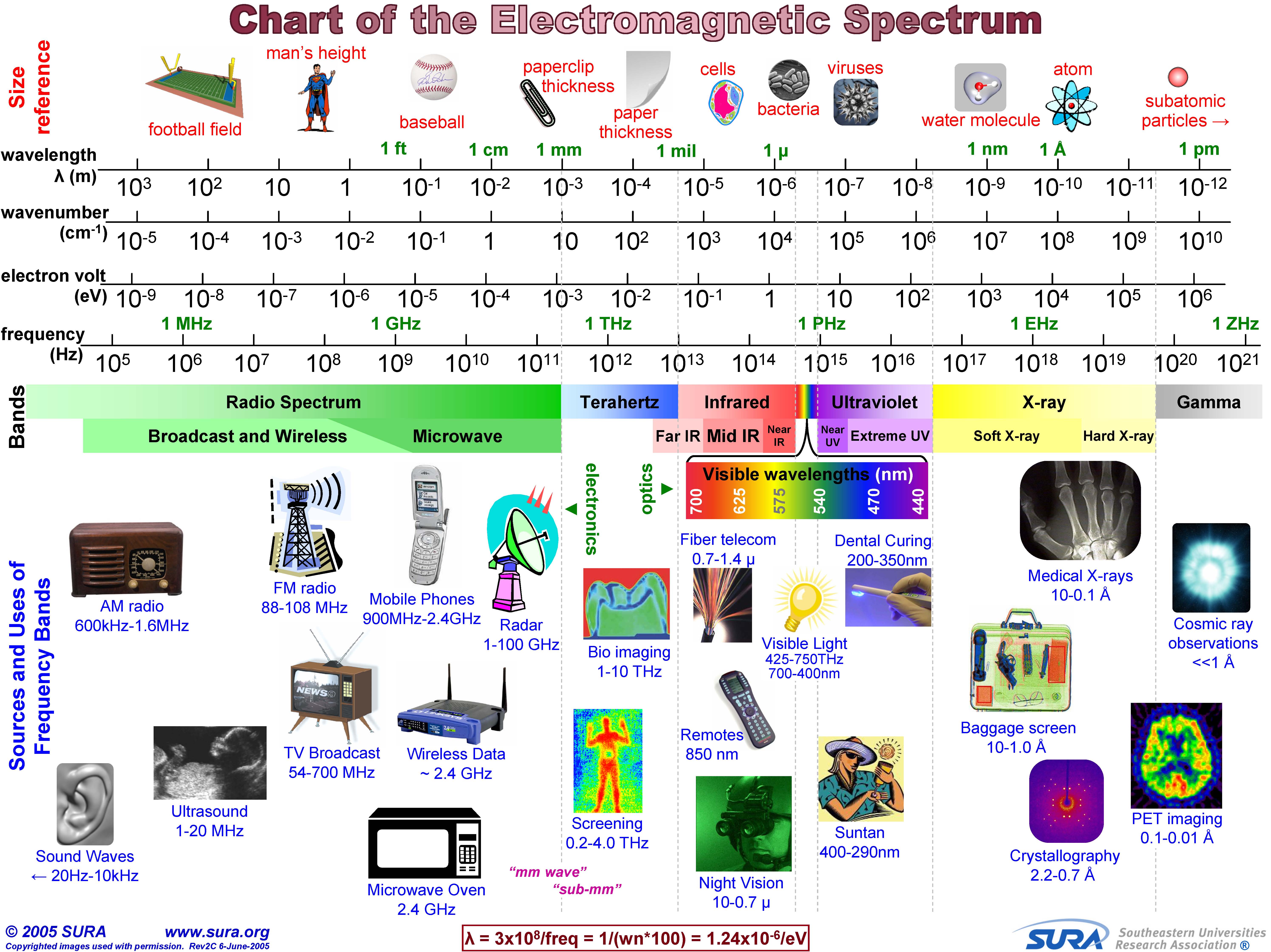General Announcements:
Waves/Light and Sound Test: Wednesday 11/26
Topics:
Properties of a wave- crest, trough, wavelength, frequency, amplitude
Types of waves: Electromagnetic (transverse) and Mechanical (compressional)
Electromagnetic Spectrum- know the order from least to most energy along the spectrum, know everyday uses for each type of energy along the spectrum.
Properties of Light- absorption, reflection, transmittance, refraction (Properties of Light Stations Packet)
Parts and functions of the Eye
Sound- frequency = pitch; amplitude = loudness
Pathway in ear to hear sound
Tuning Forks
Answers to the In Class Review sheet:
1.Wave
2.Mechanical and electromagnetic
3.Mechanical
4.EMS waves
5.Amplitude
6.Frequency
7.Crest/trough
8.Wavelength
9.Increases
10.Decreases
11.Increases
12.Decreases
13. Electromagnetic
14. Cornea
15. Iris
16. Goes through it
17. Reflects
18. Speed
19. Hertz
20. Gamma
21. Reflects red
22. Pupil
23. Black
24. Opaque
25. White
26. ROYGBIV
27. X-ray
28. Gamma
29. Wavelength
30. Light and dark; colors
EMS Webquest
Light Quiz #1: Friday 11/7
Topics:
Exploring Light and Color Video worksheet
Characteristics of a wave (the labeled wave picture we completed in class)
Waves Notes on lab page 61
BrainPop Waves video worksheet
EMS Webquest
Light and Sound. Light and sound energy move in waves.
o Light can pass right through a transparent object, like a window. An opaque object, like a wall, absorbs most of the light hitting it. A translucent object, like frosted glass, allows some light through it.
o Light rays may be bent at angles as they pass form one substance to another. This bending is called refraction. When light bounces off an object, reflection occurs. Mirrors are good reflectors.
o Light is composed of many different wavelengths. The wavelengths of light we can see are called visible light. The different wavelengths of visible light form a band of seven colors called a spectrum and include the colors red, orange, yellow, green, blue, indigo and violet, from longest to shortest wavelengths. A rainbow is an example of a spectrum.
o Some wavelengths, called ultraviolet light, are too short to see. Other wavelengths, called infrared light, are too long to see. Visible and invisible light, along with other forms of radiation (radio, microwaves, x-rays, gamma rays) make up the electromagnetic spectrum.
o Sound waves have the same properties as light waves such as wavelength, frequency and amplitude.
-Frequency of sound wave = PITCH


LOW PITCH HIGH PITCH
- Amplitude of a sound wave = LOUDNESS
- Wavelength of a sound wave = DISTANCE BETWEEN COMPRESSIONS
